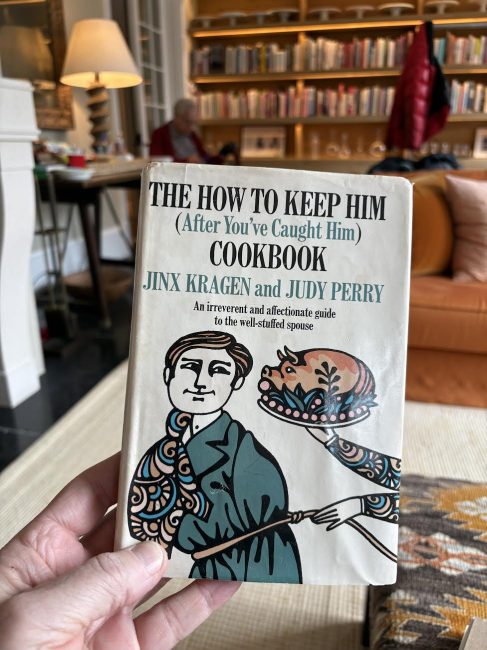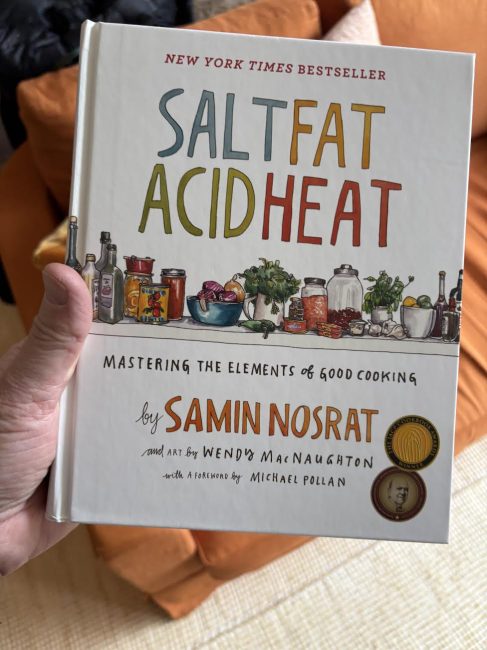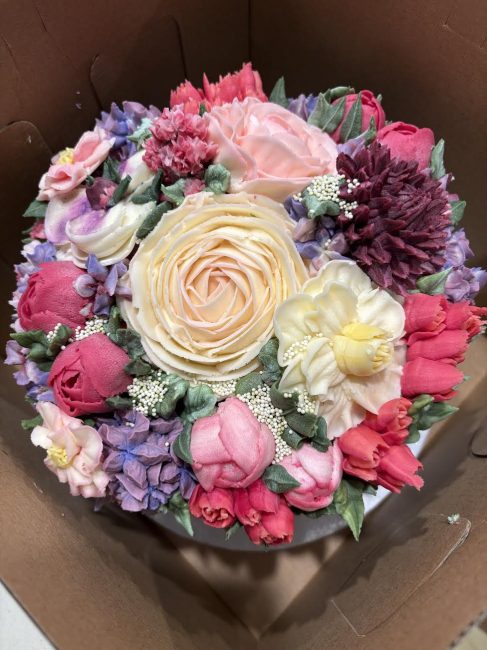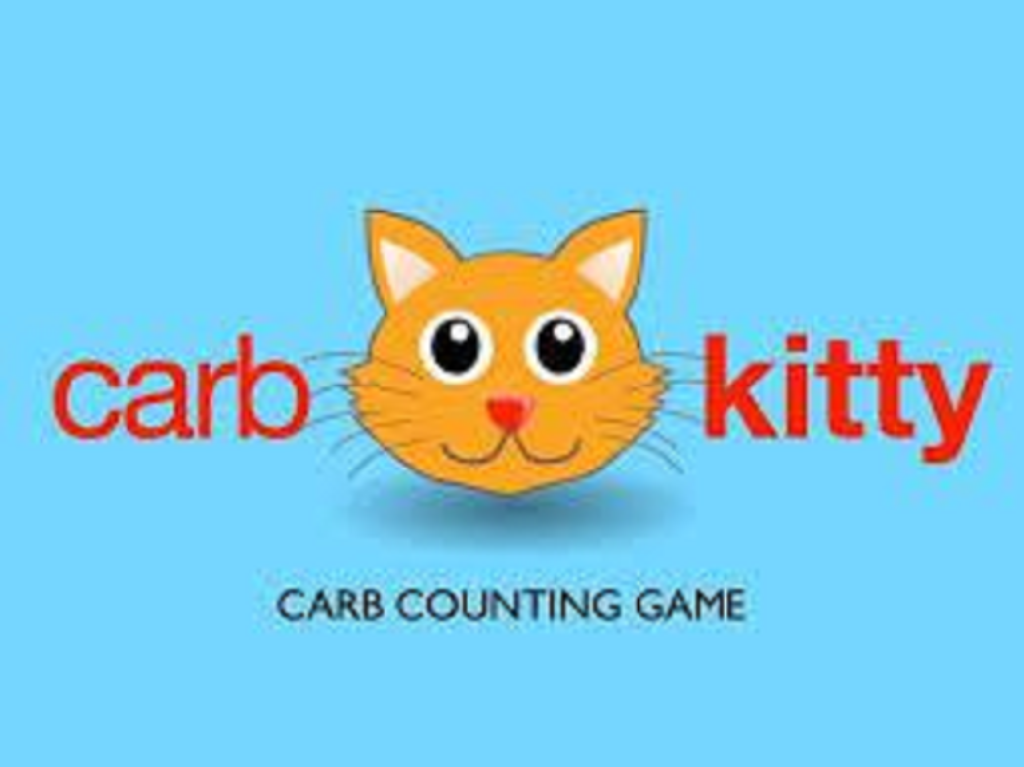On a recent visit to a popular cookbook author’s East Hampton home, I was captivated by her extensive collection of cookbooks. There are hundreds of popular titles by renowned authors like Julia Childs, Fanny Farmer, Martha Steward, Dorie Greenspan, and Nancy Silverton, as well as unique cookbooks like The Berdorf Goodman Cookbook.
Purusing her vast collection piqued my interest in learning more about the history of cookbooks in the US. A quick Google search reveals that the US cookbook began with poet Amelia Simmons’ American Cookery in 1796.
A hundred years later, regional cookbooks like The Virginia House-Wife and the rise of influential figures like Fannie Farmer were published. Fanny Farmer‘s cookbook popularized the modern recipe format, and it was a fitting guide to food and home life in a modernizing country.
Another cookbook, the Boston Cooking School Cookbook, was filled with recipes for such familiar 19th-century dishes as potted pigeons, creamed vegetables, and mock turtle soup. But it added a forward-looking bent to older kitchen wisdom, casting ingredients such as cheese, chocolate, and ground beef — all bit players in 19th-century U.S. kitchens — in starring roles. It introduced cooks to recipes like hamburg steaks and French fried potatoes, early prototypes of hamburgers and fries, and fruit sandwiches, with peanuts sprinkled on fig paste that were a clear precursor to peanut butter and jelly.
Today, recipes serve many purposes, from documenting cooking techniques to showing off a creator’s skills to serving as leisure reading for the food obsessed.
Most cookbook authors admit that applicability is crucial when creating a recipe. A good recipe imparts enough information to allow a cook to reproduce a dish in roughly the same form in the future.
Ina Garten feels a recipe should be foolproof, easy to prepare, and enjoyable. Her recipes are known for being approachable and easy, which I can attest to. I use her roast turkey recipe every year for Thanksgiving, and it’s delicious!!
I was lucky enough to attend a talk with Samin Nosrat, the author of Salt, Fat, Acid , Heat. Her charming disposition, generous laugh, and humility made her presentation informative and entertaining. She spoke about how often she tests her recipe and forgoes using a Viking oven for a small, standard oven found in New York City apartments to test results.

I left the talk feeling confident I could make one of the New York Times recipes, whereas before it, I believed the newspaper’s recipes were too lofty for my limited abilities.

However, baking cakes might be a bit beyond my skills especially after seeing my friend, Navah Frost’s delightful, detailed and stunning cake decorations. She’s an incredible artist. I look foward to one day owning a copy of her cookbook.

I feel that if someone envies your life, talent, health or temperment, you owe it to yourself to embrace the joy they see in it. Too many times, we deflect a compliment, deny or dismiss their appreciation by making excuses or saying, “you don’t know the half of it.” Let’s be grateful for what we have today.

















